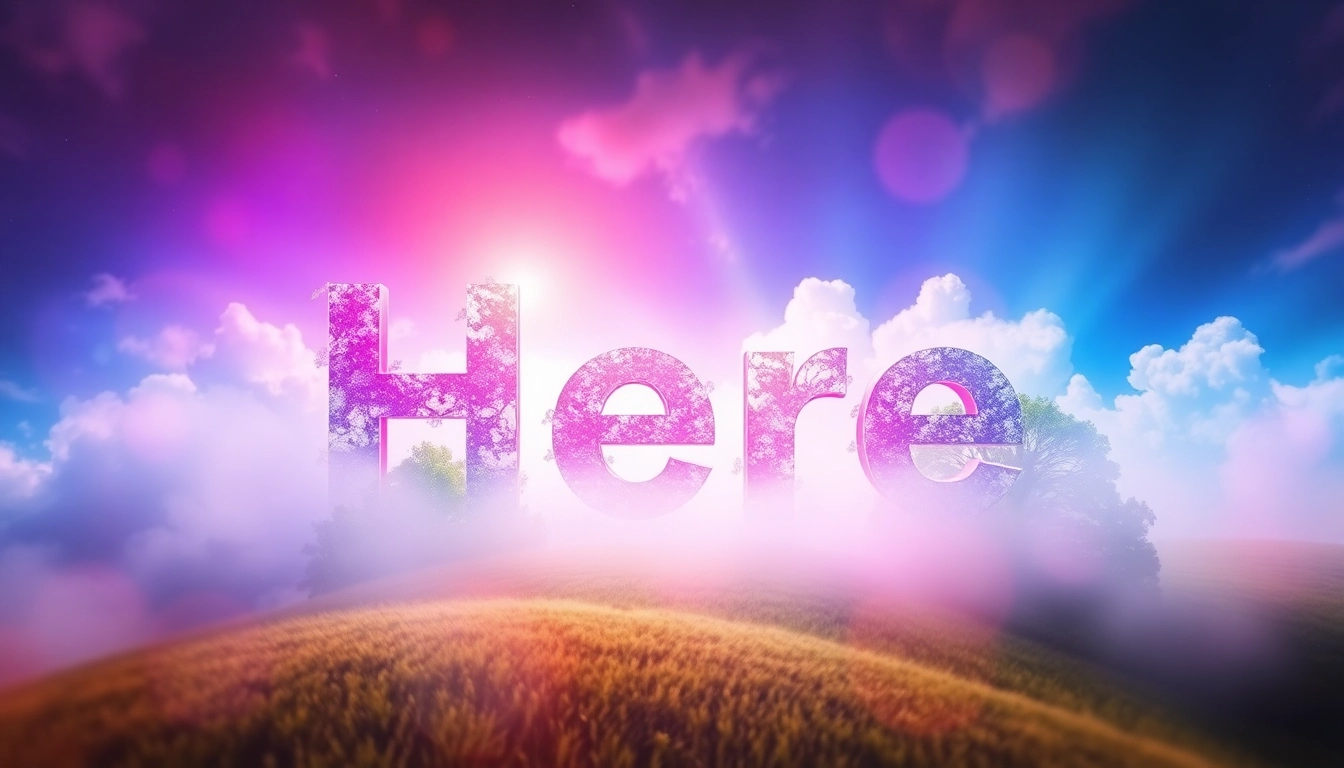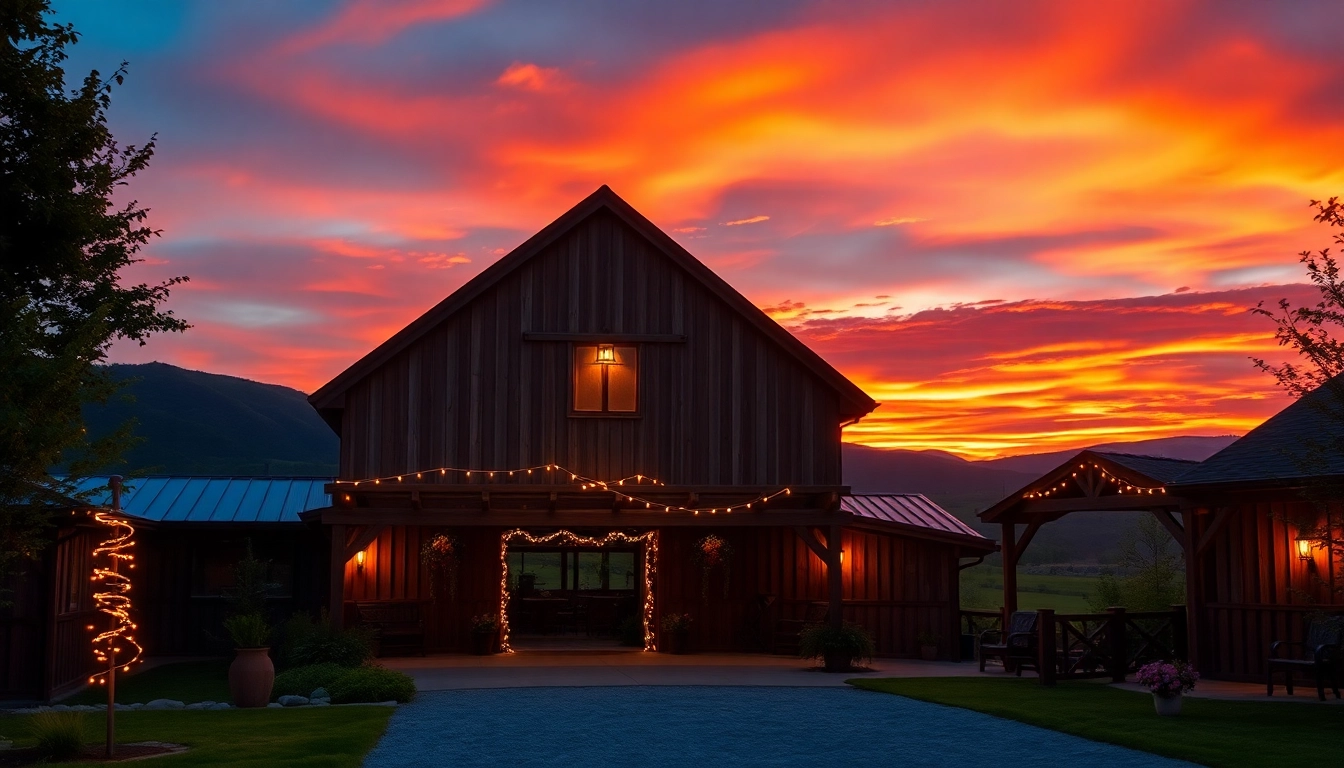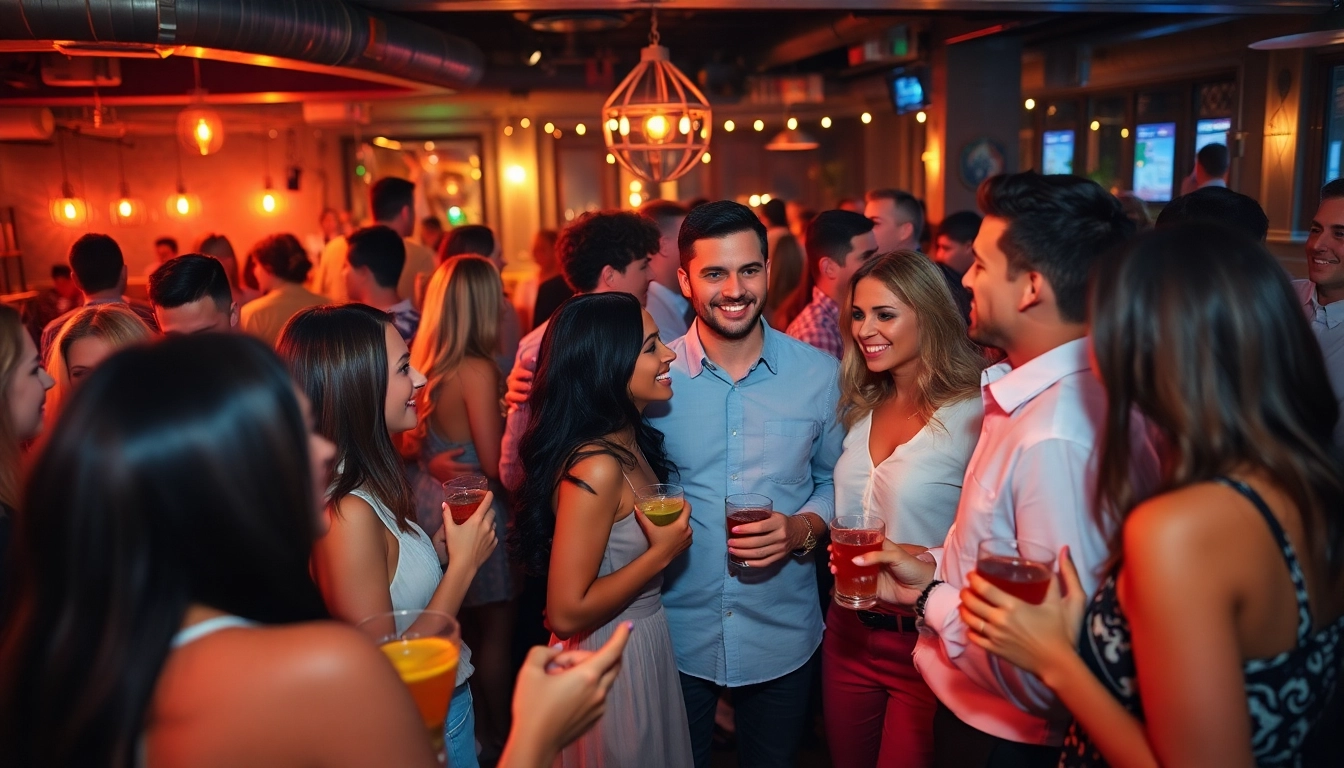1. Introduction to Rap Culture in Chicago
Chicago holds a unique place in the narrative of American music, especially when it comes to rap culture. The city serves as a vibrant hub where diverse musical styles intertwine, creating a rich tapestry that reflects not just art but also societal narratives of struggle, survival, and resilience. Rap culture in Chicago has evolved dramatically over the decades, shaping and reshaping itself in response to various socio-economic conditions. This evolution has produced not just music but an entire culture that resonates deeply with its audience.
1.1 Overview of Chicago’s Musical Landscape
Chicago’s musical landscape is one of the most diverse in the world. Rooted in blues and jazz, the city has culminated in a variety of genres including house music, gospel, and, most notably, hip-hop. The city has birthed influential figures across these genres, paving the way for a new generation of artists.
1.2 Historical Context of Rap Music in Chicago
The roots of Chicago rap can be traced back to the late 1980s and early 1990s. Emerging against the backdrop of the city’s complex socio-political environment, early Chicago rappers began to address local issues, using their platforms to shed light on the realities of urban life. The Chicago rap scene flourished in the underground, often reflected in the music of artists from the South Side and West Side of the city.
1.3 Significance of Rap Culture Today
Today, the significance of rap culture in Chicago transcends music alone. It serves as a powerful voice for the marginalized, reflecting the struggles and triumphs of its communities. Chicago rap has gained national and international prominence, impacting the global music industry while retaining its roots firmly in local realities.
2. The Birth of Chicago’s Rap Scene
2.1 Early Influences and Pioneers
Early pioneers like Common, Twista, and Kanye West played a critical role in shaping Chicago’s rap identity. They infused their music with local stories and experiences, broadening the narrative scope of hip-hop. Common, recognized for his lyrical depth, articulated the struggles of urban life, while Twista introduced a rapid-fire delivery style that would later influence many emerging rappers. Kanye West’s innovative approach combined rap with elements of soul and electronic music, setting the stage for future hybrid sounds.
2.2 The Emergence of Subgenres: From Ghetto House to Drill
While hip-hop took root in Chicago, various subgenres emerged, forever altering the fabric of rap culture. Ghetto House music, which originated in the late 1980s, laid the groundwork for future styles. However, it was the rise of Drill in the early 2010s that created waves both positively and negatively. Characterized by its dark production and aggressive lyrics, Drill was embraced by youth as a form of expression but also faced criticism for its violent themes.
2.3 Key Venues and Events in Chicago’s Hip-Hop History
Venues such as the House of Blues and Lincoln Hall have served as critical platforms for both budding and established artists. Events like the Chicago Hip-Hop Festival celebrate the city’s musical heritage and provide opportunities for local talent to showcase their skills. These venues and events foster a sense of community among artists and promote the local culture.
3. Iconic Artists Shaping Chicago Rap
3.1 Profiles of Influential Rappers
The landscape of Chicago rap is populated with artists who have made significant contributions to the genre. Artists like Chance the Rapper have brought a gospel influence into the hip-hop fold, while others like Lil Durk and Polo G emphasize narratives of struggle and resilience. These artists have not only excelled in their artistry but have also become community leaders in their advocacy work.
3.2 Contributions of Women in Chicago Rap
Women have also played an integral role in Chicago rap culture, though often overlooked. Artists like Noname and Dreezy have made strides in establishing themselves within a male-dominated industry. They bring a unique perspective to their music, blending powerful messages with innovative soundscapes that challenge the status quo.
3.3 Collaborations and Their Impact on the Scene
Collaboration has been vital to the evolution of Chicago rap. Artists frequently feature one another on tracks, creating synergy that helps propel each other’s careers. Notable collaborations like Kanye West and Jay-Z’s “Go Hard” highlight the power of collective artistry, pushing the boundaries of genre and style.
4. The Role of Community in Chicago Rap
4.1 Underground Movements and Collectives
The underground scene plays a pivotal role in Chicago’s rap culture. Collectives like SaveMoney and TeamSESH provide young artists with a support system that fosters creativity and collaboration. These groups also emphasize the importance of building community, which is foundational in creating a sustainable music scene.
4.2 The Influence of Local Institutions and Media
Local institutions such as the Chicago Hip Hop Heritage Museum serve as repositories of history, celebrating the city’s rich hip-hop legacy. These institutions not only honor past achievements but also educate upcoming generations about the cultural significance of rap music. Media coverage from local outlets helps to spread awareness of emerging artists and their contributions.
4.3 Engaging the Youth Through Hip-Hop
Chicago rap culture has a unique way of engaging the youth, particularly through community programs that fuse music education with social justice themes. Initiatives that teach young artists about songwriting, production, and performance empower them to tell their stories while providing an outlet for expression.
5. The Future of Rap Culture in Chicago
5.1 Trends and Innovations in the Genre
The future of Chicago rap is bright, characterized by a rise in experimentation and unique soundscapes. New artists are increasingly blending genres and incorporating different cultural influences into their work. This blending not only reflects sociopolitical changes but also propels innovation within rap music.
5.2 Global Influence of Chicago Artists
Artists from Chicago are making waves on a global scale. With the advent of social media, music can travel further and reach broader audiences than ever before. As Chicago artists gain international recognition, they continue to represent the city’s cultural narrative, showcasing its vibrancy and depth.
5.3 Preserving and Promoting Local Culture
To ensure the longevity of Chicago rap culture, efforts are being made to preserve local traditions while promoting new artists. Music festivals, artist incubators, and community-driven initiatives will play key roles in fostering an environment that celebrates and evolves Chicago’s unique cultural history.



